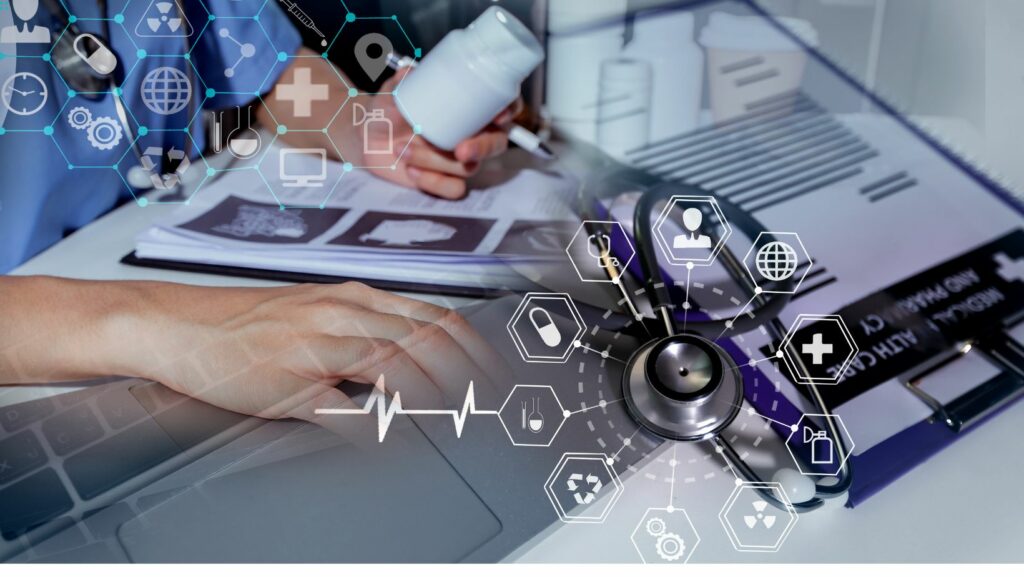In recent years, technological advancements have significantly transformed cardiovascular health. From early diagnostics to innovative treatments, technology is reshaping how we approach heart health, offering more precise, less invasive, and highly effective solutions. This revolution is crucial because cardiovascular diseases remain the leading cause of death worldwide, necessitating advancements that can save lives and improve the quality of care. Among the many advancements, the role of the Angiogram Procedure stands out as a critical player in this transformation.
The Role Of Advanced Imaging In Cardiovascular Health
The most critical technology in the health field, particularly cardiovascular health, according to the author, is medical imaging. Diagnostic methods like MRI, CT, and particularly angiography have changed how cardiovascular diseases are identified and treated. An angiogram is another x-ray that is performed on the blood vessels in the body to determine the condition they are in. This procedure is the most important one as it helps in the detection of blockages or other abnormalities within the arteries, some of which may result in conditions such as heart attack or stroke.
Digital imaging technologies and real-time monitoring have enhanced the angiograms to cater to various situations. Angiogram machines employed in today’s health facilities offer better vision even with minimal radiation exposure, minimizing the risks posed to the patients.

Also, the present-day imaging software enhances the ability of doctors to manipulate the images and analyze them in the best way possible, hence offering a better diagnosis of various diseases and ailments and planning for a better treatment process.
Minimally Invasive Procedures and Their Impact
Innovations in technology have also brought about new techniques where interventional procedures with fewer invasive measures have greatly affected cardiovascular health. Surgeries that used to necessitate the opening of the patient’s chest can now be conducted with minimal cuts that would not take a long time to heal or lead to other complications that come with surgeries that affect the heart. A good example is catheter-based interventions like angioplasty and stenting, which have now assumed the roles of regular interventional procedures.
Such methods are minimally invasive and can be performed using image-guided techniques to minimize damage. Again, for instance, during an angioplasty, a small balloon on an endoscope is inserted through the bloodstream to the area of the blockage. The balloon is then inflated to expand the artery, which may be followed by deploying a stent to keep the artery widened. Imaging techniques supervise this entire process; in case of any mishap, the procedure can be altered in real time, and the outcome of the surgery can also be assessed in real time.
Furthermore, robotic surgeries are now being integrated into cardiovascular management procedures. These robots assist surgeons by improving dexterity, ensuring better results and quick patient healing. Incorporating robotic systems in cardiovascular operations is a significant advancement in the medical field that taps the abilities of proficient surgeons and the technological expertise of robots.
Wearable Technology and Remote Monitoring
Wearable technology and remote monitoring are also experiencing significant advancements in the use of technology. Smart wearables like smartwatches and fitness trackers have grown capabilities to track heart health, including rate, ECG, and blood oxygen level. These wearables also offer constant surveillance of possible cardiovascular problems and alert the user early enough to seek medical assistance.
Telemonitoring has also been adopted to ensure that patient’s heart health status is closely monitored from the comfort of their homes, saving them time and money that would have been spent on several visits to the hospital. These systems can upload data to healthcare providers immediately so that they can make the right decision concerning the patient’s care. This is especially useful for heart patients who have chronic problems and need regular follow-up on their condition.

Telemedicine has taken cardiovascular care even further, allowing even more people to receive treatment. Consultations are offered through various platforms, enabling a patient to have a telephonic or online follow-up without visiting a healthcare facility. This is particularly useful for the inhabitants of rural or other areas where the choice of specialists may be severely limited.
The Future Of Cardiovascular Health
As for the future, even better results in cardiovascular health can be expected as AI and machine learning are further incorporated into the practice. They promise to significantly change how diagnostics, treatment planning, and patient monitoring are done. Cognitive systems can learn from data from the patient’s record files, imaging studies, and wearable devices to detect health risk factors before they become complications.
For example, it can help interpret more extensive studies like angiograms more accurately and in a shorter time than a clinician. This can enable diseases to be diagnosed at an earlier stage and treat patients according to their individual status. Moreover, through big data analysis, it is possible to use artificial intelligence to predict the patients at risk of cardiac events and take necessary measures to help them avoid these threats.
Conclusion
The shift in cardiovascular disease brought by technology now opens up a new era in heart medicine. From the angiogram procedure and other imaging techniques to minimally invasive surgeries, wearable technology, and many others, these technological advances are increasing patient benefits and making a real difference in patients’ lives. Only with the rapid advancement in the field of technology can the future present even more opportunities for better prevention, early detection, and improved treatment of cardiovascular diseases.



